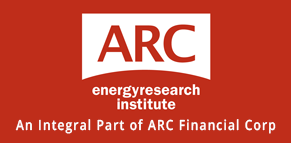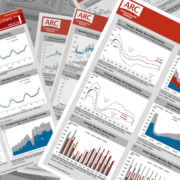August 18, 2025 Charts
Produced by wp_user | by wp_userAugust 11, 2025 Charts
Produced by wp_user | by wp_userJuly 21, 2025 Charts
Produced by wp_user | by wp_userContact Information
ARC Energy Research Institute
4300 – 400 3rd Ave S.W.
Calgary, AB
T2P 4H2
Direct Phone: (403) 292 – 0680
An Integral Part of ARC Financial Corp.
4300 – 400 3rd Ave S.W.
Calgary, AB
T2P 4H2
Direct Phone: (403) 292 – 0680
An Integral Part of ARC Financial Corp.
Join Our Newsletter
Recent Podcasts
 Why I Hate S-Curves: An Interview with Rob West from Thunder Said EnergySeptember 10, 2024 - 2:42 pm
Why I Hate S-Curves: An Interview with Rob West from Thunder Said EnergySeptember 10, 2024 - 2:42 pm Summer 2024 Energy News Wrap-UpSeptember 3, 2024 - 1:59 pm
Summer 2024 Energy News Wrap-UpSeptember 3, 2024 - 1:59 pm A Conversation with Nancy Southern, Chair & CEO of ATCOJuly 16, 2024 - 4:27 pm
A Conversation with Nancy Southern, Chair & CEO of ATCOJuly 16, 2024 - 4:27 pm

